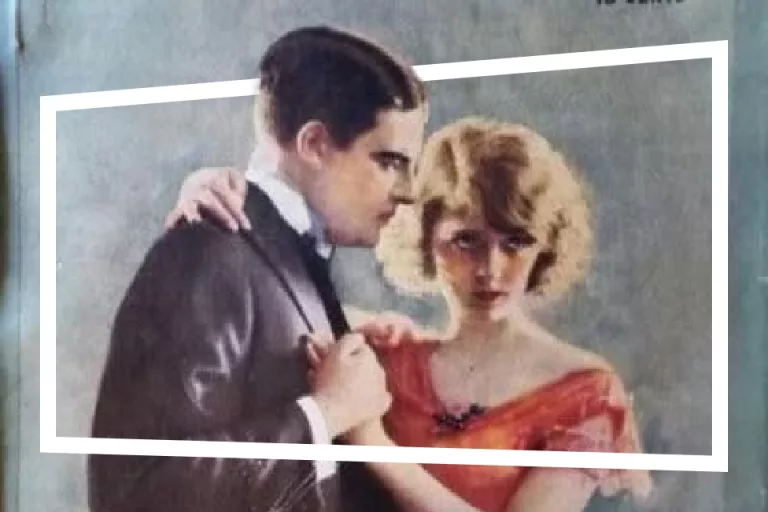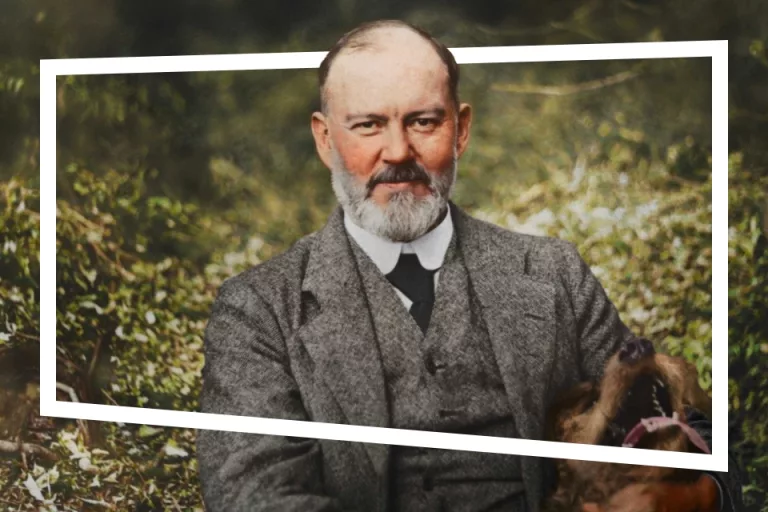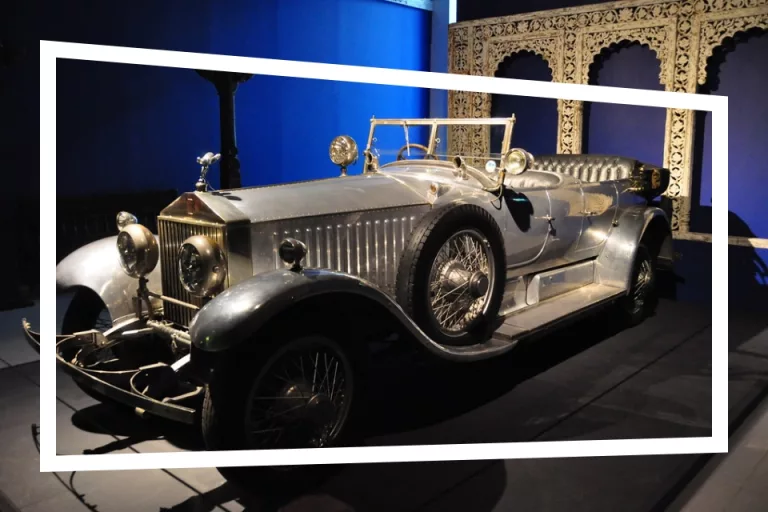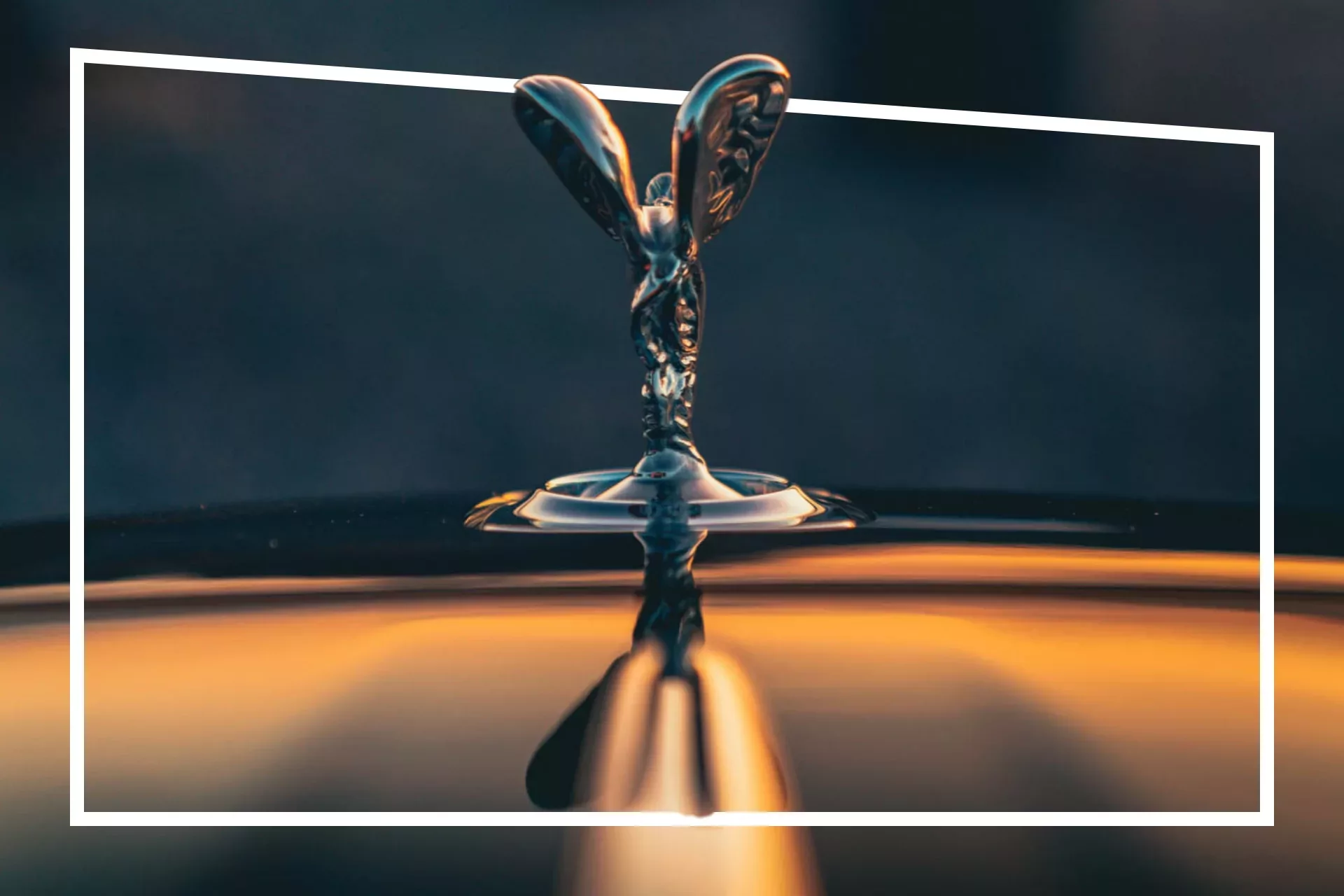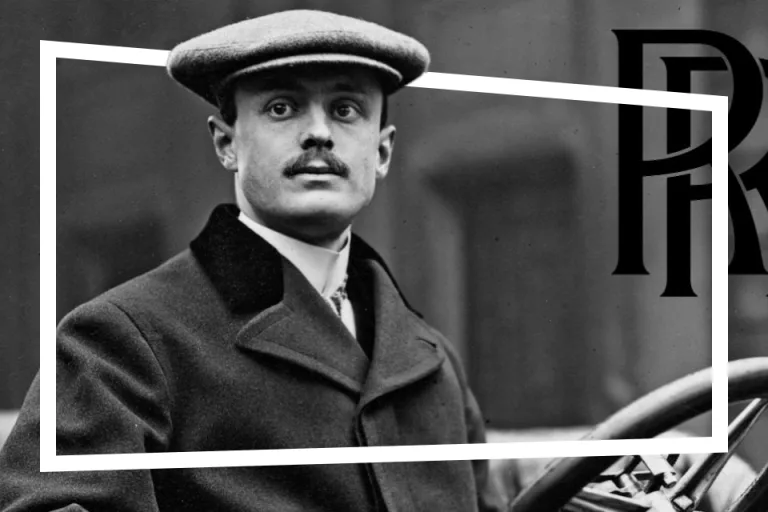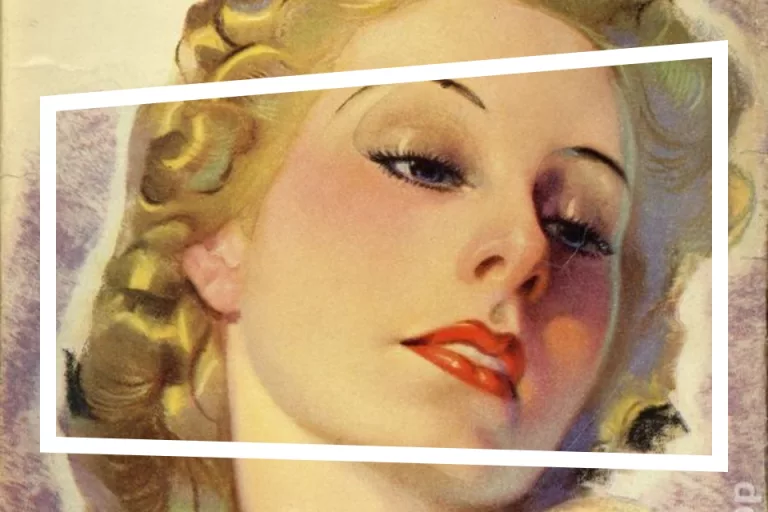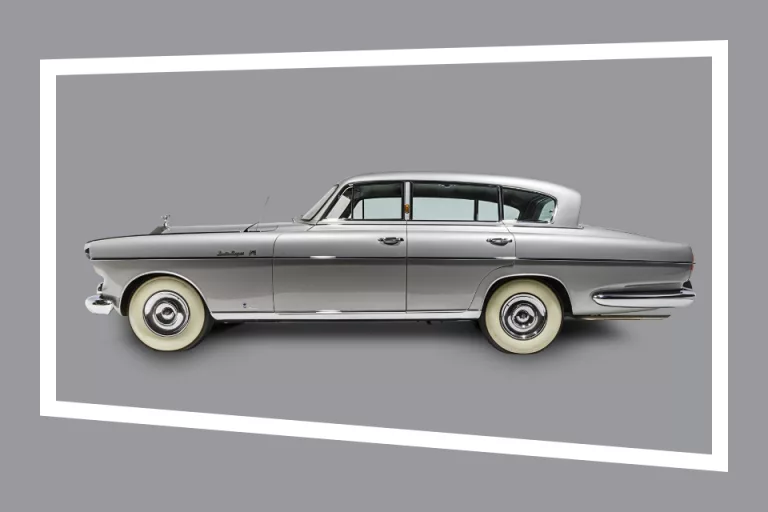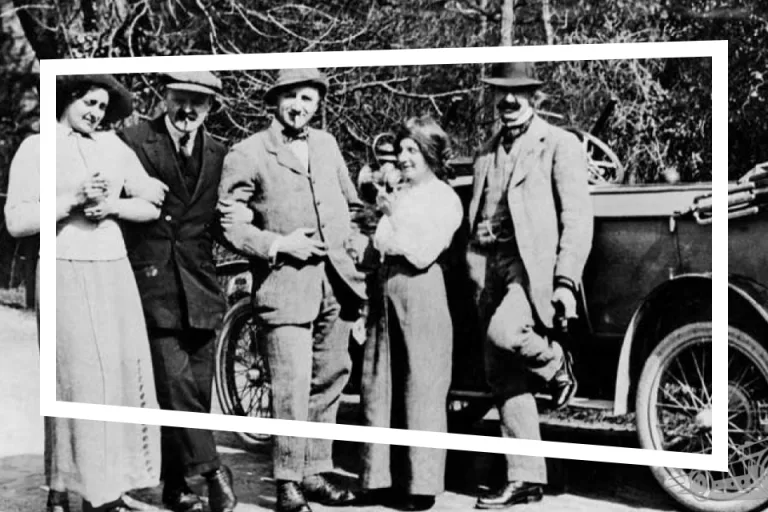Better than a ring.
The story of the Rolls-Royce.
It was a chilly winter morning in London in the year 1902, when John Montagu, a man of noble birth but with a perennially short of cash, decided to launch Britain’s first motoring magazine, The Car Illustrated. Driven by his passion of the motor car and with the help of talented illustrator Charles Sykes, he turned his dream into reality. A man with a keen eye for detail, Sykes had already built an impressive career as a sculptor and was the creative brain behind the magazine’s illustrations.
Around the same time, Montagu met a young woman named Eleanor Thornton. Eleanor worked as an assistant at the Automobile Club under Montagu’s friend, Claude Johnson. She was not only exceptionally intelligent, but also enchantingly beautiful. Montagu, immediately smitten, offered her a job as office manager at his magazine. Eleanor accepted the offer and an intense and secret love affair soon blossomed between the aristocratic publisher and the young woman from South London.
In 1903, Eleanor became pregnant. The couple decided that the best thing for their baby would be to give her up for adoption. On the day of the birth, Eleanor held her daughter Joan for just a few seconds before handing her over to Montagu with the words: “Never mention the baby’s name again.” Montagu ensured that Joan received a good upbringing, albeit from a distance. He visited her regularly, but always secretly and under the name of ‘Uncle John’.
Meanwhile, Eleanor continued to live her double life. By day she was Johnson’s respectable assistant, but by night she transformed into an exotic dancer and nude model. It was during these nocturnal escapades that she reconnected with Sykes, for whom she regularly posed. Sykes, inspired by her grace and beauty, created several works of art using Eleanor as his model.
In 1910, after Claude Johnson had become managing director of Rolls-Royce, he approached Sykes with a special assignment. Johnson wanted a unique mascot for the radiator caps of Rolls-Royce cars, something that would embody the elegance and strength of the brand. Inspired by the statue of the ‘Nike of Samothrace’ in the Louvre, Johnson commissioned Sykes to create something similar. Sykes, who had often traveled with Montagu in his Silver Ghost, decided that a delicate and ethereal figure better suited the brand. His muse, again Eleanor, became the model for what would later become the ‘Spirit of Ecstasy’.
Sykes’ design, a small aluminum statuette of a young woman in flowing robes, was enthusiastically received by Johnson. Rolls-Royce registered the ‘Spirit of Ecstasy’ as their intellectual property in 1911, despite the resistance of founder Henry Royce, who hated mascots. However, the ‘Spirit of Ecstasy’ became a symbol of the brand and won a gold medal in a 1920 competition in Paris for the best car mascot in the world.
Life took a tragic turn for Eleanor and Montagu on 30 December 1915. They enjoyed lunch aboard the SS Persia, en route to India. The ship was torpedoed and sank within five minutes. Eleanor disappeared into the waves and was never seen again. Montagu, badly injured, miraculously survived after floating around in a lifeboat for 38 hours. He recovered in Malta and read with bitter irony his own obituaries in the London newspapers.
Montagu would never get over the loss of Eleanor. Her spirit stayed with him wherever he went, on every Rolls-Royce he owned. The ‘Spirit of Ecstasy’ became an eternal tribute to their secret but deep love, a love that would stand the test of time.
To be continued.


